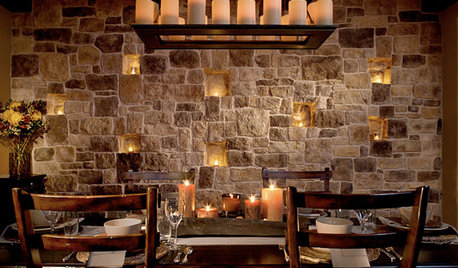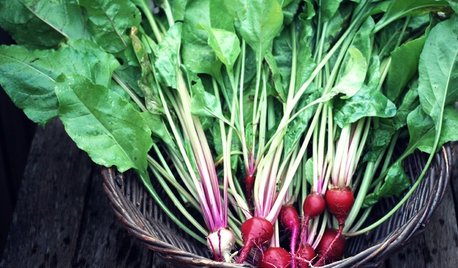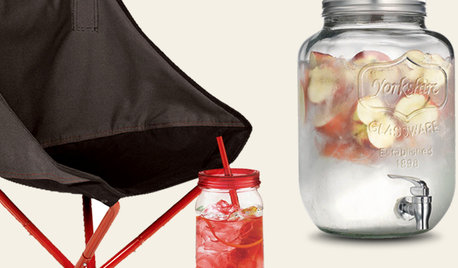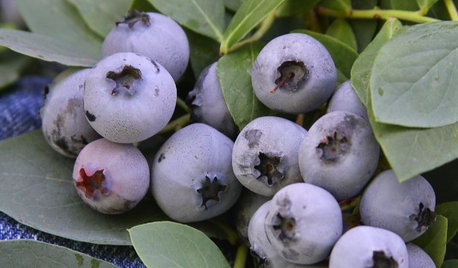Pole bean production in summer heat
anney
13 years ago
Related Stories

SUMMER FRUITS AND VEGETABLESSummer Crops: How to Grow Beans
Grow your own beans for amazing variety and healthy, convenient produce all summer
Full Story
LIGHTINGTurn Up the Party Heat — the Sultry Decorating Secret
Give your home a warm and romantic vibe with candles at the entry, lined up along a wall, floating in martini glasses and more
Full Story
EDIBLE GARDENSHow to Grow Your Own Sweet Summer Crops
This guide will help any gardener get started on growing the freshest warm-season veggies and berries for summer
Full Story
EDIBLE GARDENS8 Last-Minute Additions to a Summer Edible Garden
It’s not too late to get these vegetables and herbs planted for a bountiful harvest this year
Full Story
SHOP HOUZZHouzz Products: Take the Party Anywhere
Celebrate summer with impromptu outdoor gatherings anywhere you like. These finds make it easy
Full Story
GARDENING GUIDES15 Favorites for Your Summer Edible Garden
Get your summer garden off to a good start with these popular fruits and vegetables
Full Story
SUMMER FRUITS AND VEGETABLESHow to Grow Your Own Fresh, Sweet Corn
Here's how to plant and care for your own mini cornfield
Full Story
EDIBLE GARDENSSummer Crops: How to Grow Tomatoes
Plant tomato seedlings in spring for one of the best tastes of summer, fresh from your backyard
Full Story
FARM YOUR YARDIf You Have Room for Only One Summer Crop ...
Get an edible that’s long on flavor even if you’re short on space, with a long-time gardener’s favorite picks
Full Story
EDIBLE GARDENSSummer Crops: How to Grow Squash
Almost foolproof and with cheerful flowers, squash comes in a wide range of varieties to plant in spring
Full Story

fusion_power
anneyOriginal Author
Related Professionals
Ashland Landscape Architects & Landscape Designers · Lowell Landscape Architects & Landscape Designers · Arlington Landscape Contractors · El Mirage Landscape Contractors · Longmont Landscape Contractors · Metairie Landscape Contractors · Ramsey Landscape Contractors · Sugar Hill Landscape Contractors · Vineyard Landscape Contractors · West Orange Landscape Contractors · Weymouth Landscape Contractors · Foothill Farms Decks, Patios & Outdoor Enclosures · Fullerton Decks, Patios & Outdoor Enclosures · Manchester Decks, Patios & Outdoor Enclosures · Roseville Decks, Patios & Outdoor Enclosuresneohippie
georgevandenberghe
cindy_eatonton
tracydr
Donna
jolj